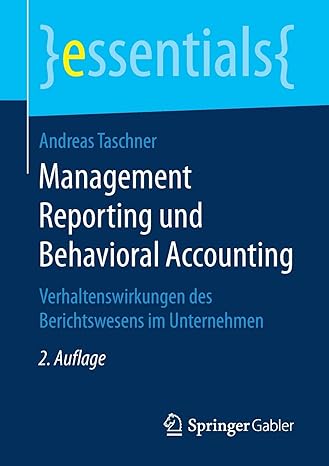Question
Date Units Cost per unit Total Cost Beg. Inv. 500 $10 $5,000 Feb. 4 700 $11 $7,700 Feb. 11 600 $13 $7,800 Feb. 18 Sale
| Date | Units | Cost per unit | Total Cost |
| Beg. Inv. | 500 | $10 | $5,000 |
| Feb. 4 | 700 | $11 | $7,700 |
| Feb. 11 | 600 | $13 | $7,800 |
| Feb. 18 | Sale of 800 units |
|
|
| Feb. 21 | 1,000 | $15 | $15,000 |
| Feb. 26 | Sale of 1,400 units |
|
|
Using the table above, calculate Cost of Goods Sold and Ending Inventory using perpetual Moving Average Cost. Round average cost amounts to the nearest cent (2 decimal places).
Cost of Goods Sold [ Select ]
Ending Inventory [ Select ]
| Date | Units | Cost per unit | Total Cost |
| Beg. Inv. | 500 | $10 | $5,000 |
| Feb. 4 | 700 | $11 | $7,700 |
| Feb. 11 | 600 | $13 | $7,800 |
| Feb. 18 | Sale of 800 units |
|
|
| Feb. 21 | 1,000 | $15 | $15,000 |
| Feb. 26 | Sale of 1,400 units |
|
|
Using the table above, calculate Cost of Goods Sold and Ending Inventory using perpetual LIFO.
Cost of Goods Sold [ Select ]
Ending Inventory [ Select ]
Step by Step Solution
There are 3 Steps involved in it
Step: 1

Get Instant Access to Expert-Tailored Solutions
See step-by-step solutions with expert insights and AI powered tools for academic success
Step: 2

Step: 3

Ace Your Homework with AI
Get the answers you need in no time with our AI-driven, step-by-step assistance
Get Started


